
Micronutrients
-
Boron Nutrient Benefits
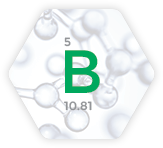
Functions
- Cell division
- Translocation of Ca
- Protein synthesis
- Carbohydrate metabolism
- Pollen viability
- Pollen and fruit set and formation
- Hormone formation
-
Chloride Nutrient Benefits
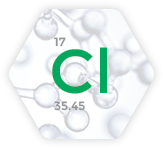
Functions
- Cation balance, transport
- Diminishes effect of fungal infections
- May compete with nitrate uptake, promoting use of ammonium, which may factor in its role in disease suppression
- Works in tandem with K for the proper function of stomatal openings, controlling internal water balance
- Photosynthesis specifically the control of gas/water exchange
-
Copper Nutrient Benefits

Functions
- Chlorophyll production
- Photosynthesis
- Production of enzymes protein
- Involved in several enzyme systems
- Oxidation reduction reactions
- Formation of lignin
- Water movement regulation
- Seed production
-
Iron Nutrient Benefits
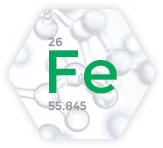
Functions
- Chlorophyll development and function
- Plays a role in energy transfer
- Important for structure of proteins and enzymes
- Involved in nitrogen fixation
-
Manganese Nutrient Benefits
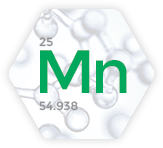
Functions
- Chlorophyll production
- Photosynthesis (water split)
- N and carbohydrate metabolism
- Oxidation reduction
- Enzyme activity
- Combines with Cu, Fe, and Zn to aid in plant growth processes
-
Molybdenum Nutrient Benefits
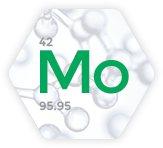
Functions
- Co-factor in the enzyme nitrate-reductase
- Aids in the conversion of nitrates to ammonium (initial stage of synthesis of proteins)
- Helps plants to utilize nitrate N
- Essential for rhizobia to enable legume crops to fix aerobic (atmospheric) N
- Involved in phosphate and Fe metabolism
-
Zinc Nutrient Benefits
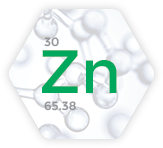
Functions
- Formation of chlorophyll
- Uptake and use of water in plants
- Zinc influences the rate of seed and stalk maturation
- Involved in several enzyme systems, growth hormone auxins, and synthesis of nucleic acids
